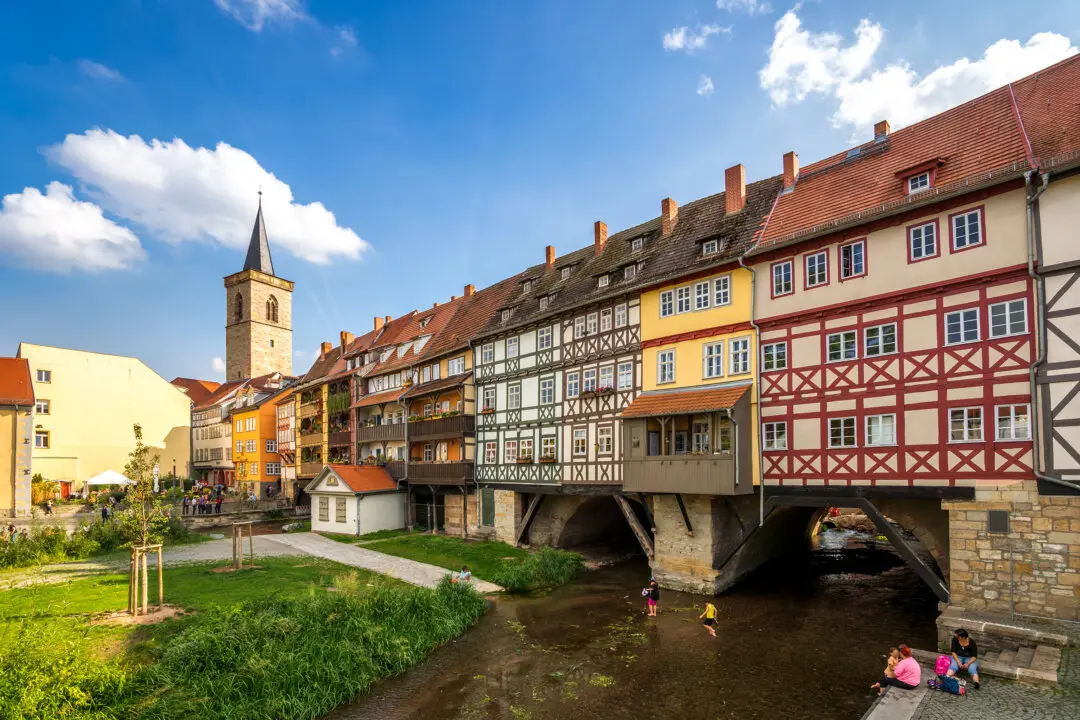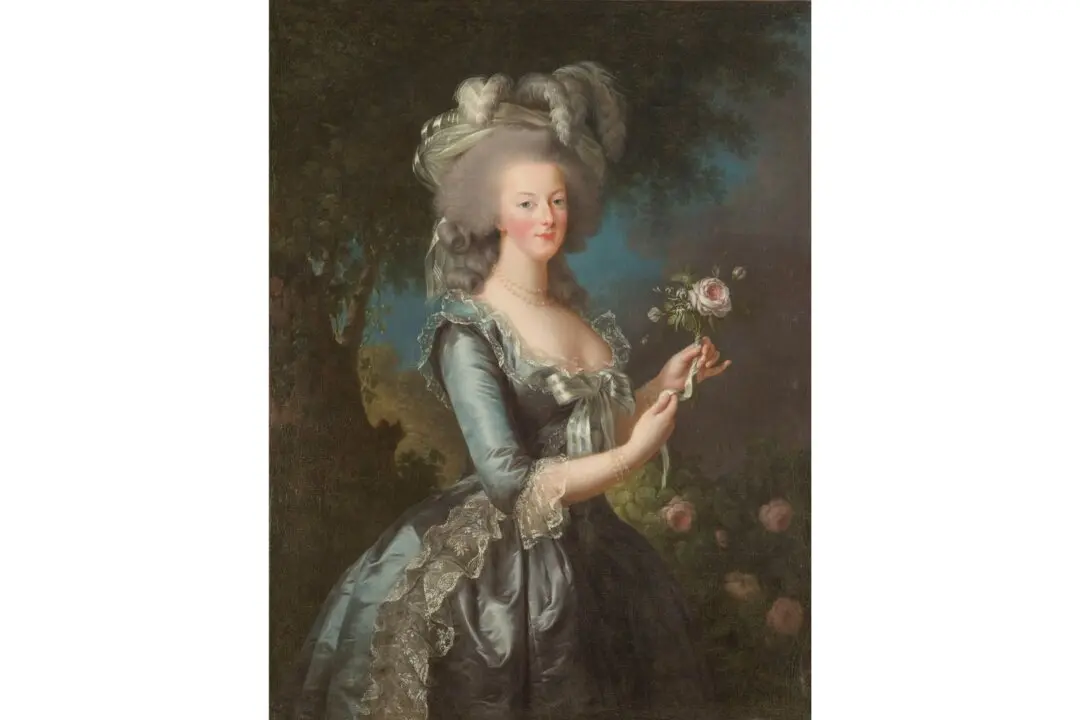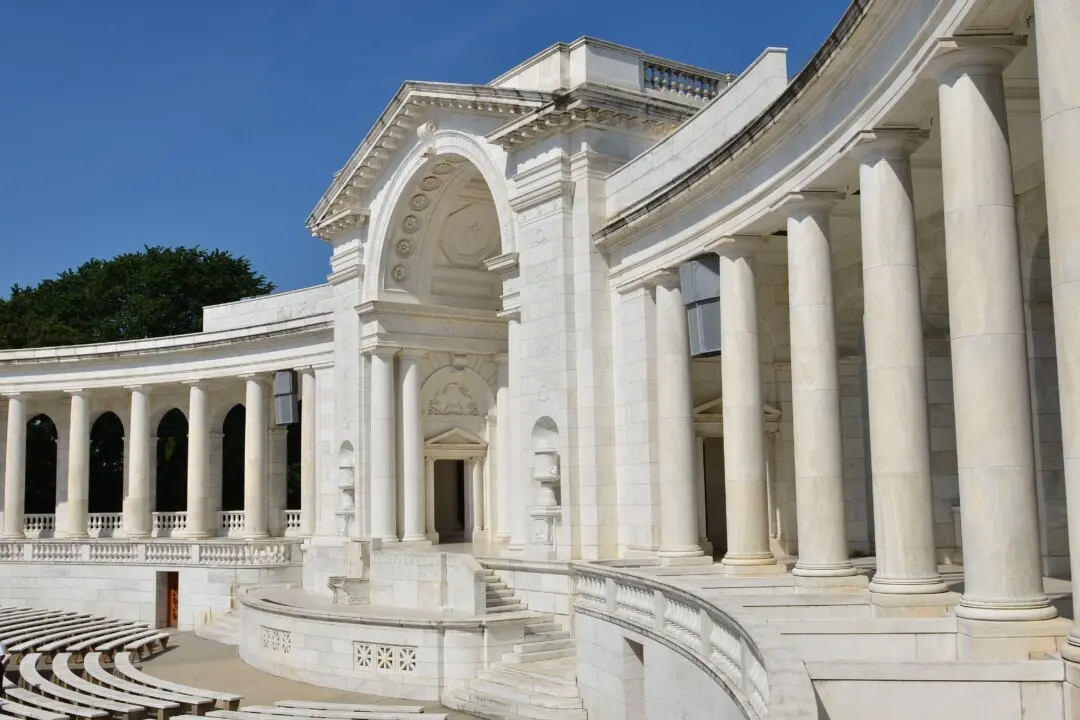When auctioneer and antiques expert Charles Hanson set off for work in the summer of 2018, little did he know that he’d stumble upon the find of a lifetime.
It was in his Hampton Court office in South West London that a well-heeled lady presented Hanson with a cardboard box containing two hardstone flower ornaments: a barberry twig and a convolvulus vine (morning glory). “Inside, wrapped in an old tea towel, was the holy grail of what an auctioneer can expect only in their wildest of dreams—not one, but two, Fabergé flowers,” Hanson said in a press release. “The enormity of such finds cannot be underestimated. Such works are the rarest of Fabergé’s craftsmanship and are very special.”






